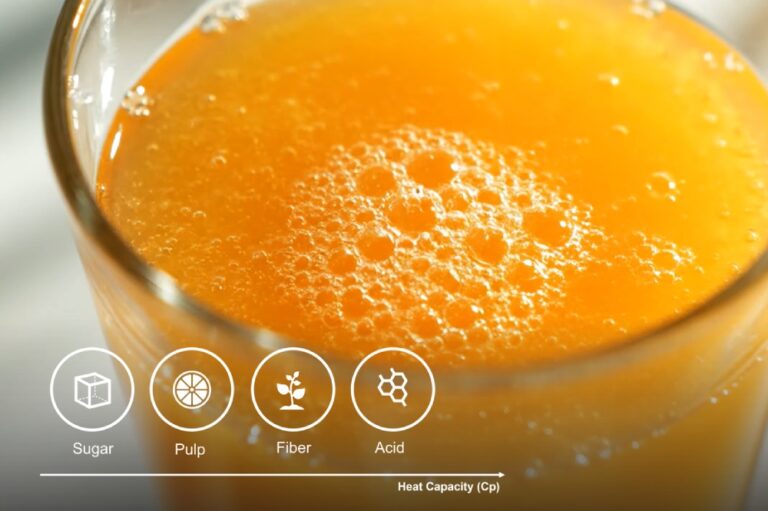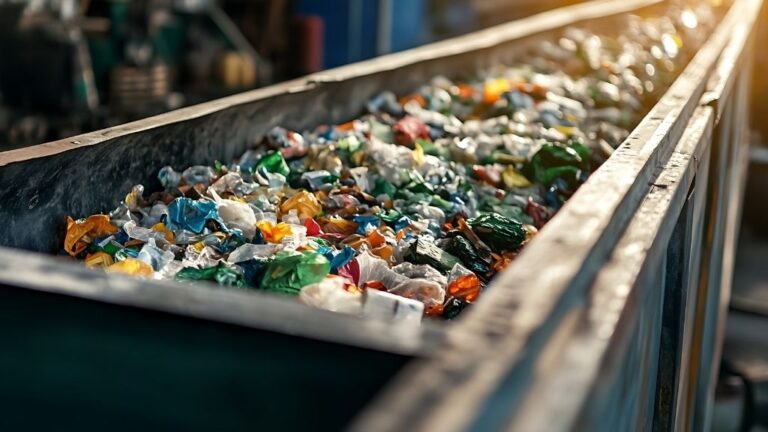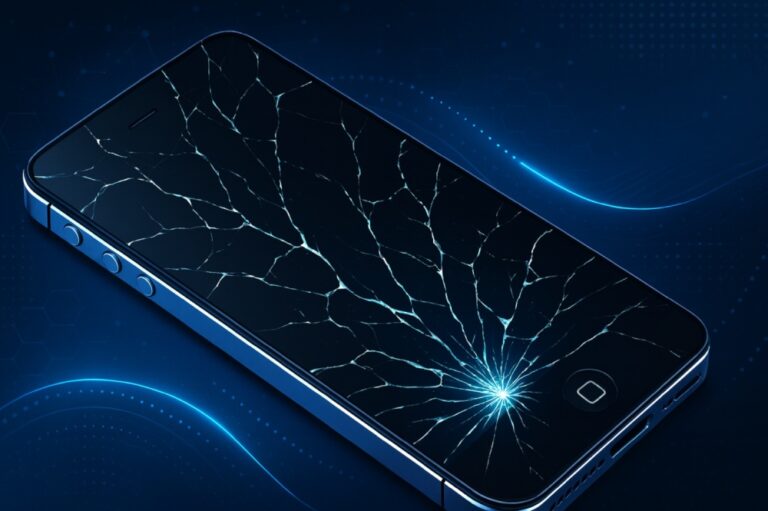Indenting Glasses With Indenters of Varying Stiffness and Sharpness
A group of researchers developed a spray coating method that maintained transparency while possessing superhydrophobic properties. The team quantified the surface roughness using AFM, which complemented optical microscopy, TEM and SEM.

Author
Johan F.S. Christensen, N.M. Anoop Krishnan, Mathieu Bauchy, Morten M. Smedskjaer
Abstract
In this study, the effects of both indenter sharpness and stiffness on the indentation response of oxide glasses have been investigated. Using five different indenters, the indentation response in terms of glass deformation mechanism, cracking behavior, and hardness has been examined for three glasses (sodium silicate, sodium borate, and sodium borosilicate). For right square-based pyramidal diamond indenters with varying tip angle, increased indenter sharpness reduces the magnitude of the indentation size effect. Additionally, increased indenter sharpness lowers the crack initiation resistance, which is linked to a reduction of densification. For indenters with the same geometry but made of different materials, the effect of the indenter material is insignificant when the indenter is substantially stiffer than the specimen. When the stiffness of the indenter is only slightly higher or similar to that of the sample, substantial deformation of the indenter occurs, reducing the effective indenter sharpness and hence affecting the indentation response.
(Source: An article from the Journal of Non-Crystalline Solids, published by Elsevier, Volume 603, 1 March 2023, Article No. 122111.)
Keywords: Oxide glasses; Indentation; Crack initiation; Indentation size effect (ISE)




